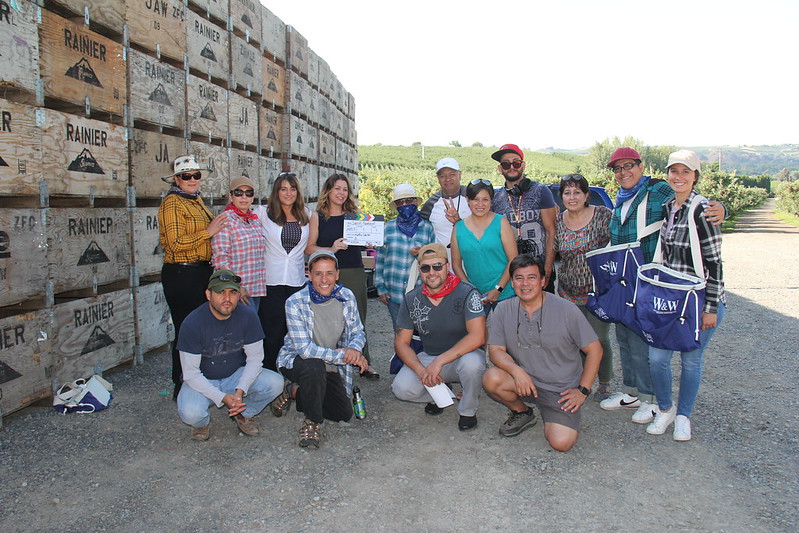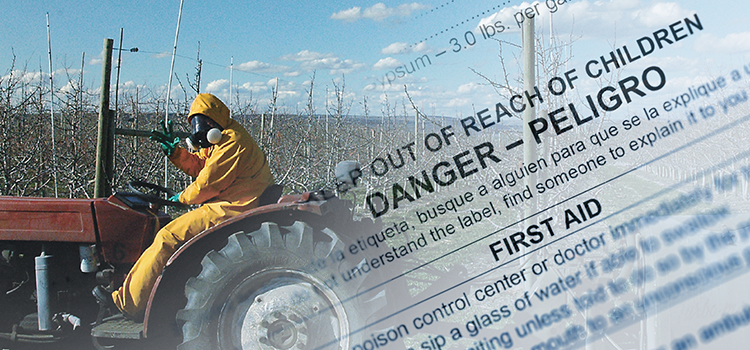Farming
Nitrate Well Water Testing in Agricultural Communities: Improving Environmental Health Communication with Health Behavior Theory
Elevated levels of nitrate in groundwater are a significant public health concern for private well water users, including in the Lower Yakima Valley, which has a large Latino farmworker community. This pilot project developed tailored communication materials on well water testing specifically for this population. Our project was guided by a committee of local stakeholders of the Lower Yakima Valley (LYV) in Washington State, including El Proyecto Bienestar and the Latino Community Fund.
Practical Solutions for Pesticide Safety: Handheld Equipment
Safety solutions for handheld application equipment
For this project we work with agricultural industry partners to discover and share practical pesticide safety measures for handheld application equipment. We are finding solutions in greenhouses, nurseries, and forest services industries.
Respiratory Health and Indoor Air Quality in Washington's Cannabis Industry
Marijuana is now medically legal in 38 states and recreationally legal in 11 states, including Washington, Oregon and Alaska. Due to the drug's illegal history, there is a lack of scientific study on the occupational hazards for this workforce. A recent report identified 23 potentially hazardous exposures, and with the rapid growth of the cannabis industry, there is now a large worker population with potential exposures.
Study of Risk Factors for Heat-Related Illness in Agricultural Workers
This pilot, seeks to characterize the burden of heat-related illness in Washington State agriculture, potential risk factors for heat-related illness, and methods for quantifying the physiological effects of heat exposures on agricultural workers.


